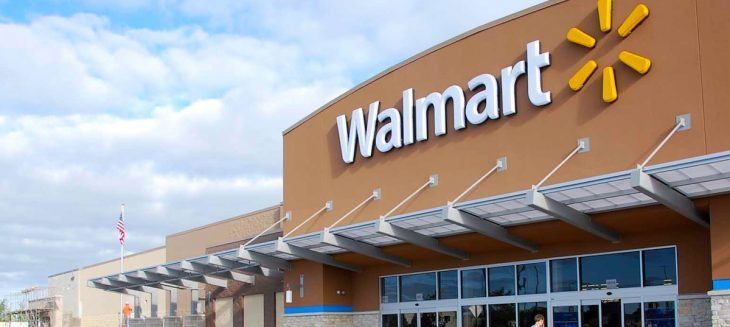Fayetteville, Fort Smith home to first group of new Walmart U.S. training academies
by February 29, 2016 4:25 pm 1,026 views

Walmart U.S. recently opened its first employee training academy in Carrollton, Texas, with the next two academies to open in Fayetteville and Fort Smith by mid-March. The Bentonville-based retailer plans to open 200 academies in the U.S.
In June of last year Walmart U.S. CEO Greg Foran promised to deliver better training for store workers that once largely consisted of computer-based training modules and shadowing a store worker. Foran and Wal-Mart Stores CEO Doug McMillon have said they are focused on improving customer service for its 140 million U.S. weekly shoppers.
The retailer said each regional training academy will serve an average of 30 stores.
Tom Ward, vice president of Walmart U.S. central operations, said each training academy will employ 14 people who were chosen for the training task. Ward said the training personnel jobs are new positions within the company. He said the academies will locate inside some stores that have extra space, or in adjacent buildings owned by the retailer. The training centers will be around 2,000 square-feet.
“We may have to add on to some of the stores chosen as a regional training site, but all of the training academies will take place in our facilities,” he said.
The retailer’s objective with the regional center approach was to provide employees with a dedicated time and place to practice real life applications of their service related jobs without other distractions and still be home with their families at night. Ward said store managers won’t be asked to take time and attention away from their busy jobs because there is now a dedicated team for training. Each training session covers two weeks, the first of which is dedicated to customer service skills and other tools the retailer offers as a business. During the second week, the students focus on the category areas they manage such as produce or electronics.
“Our department managers will be the first to go through the training. In the course of a year we expect to train 140,000 associates,” Ward said. “Assistant managers and cashiers also get specialized training.”
He said when the workers complete the two-week session they will go through a graduation ceremony and be awarded a certificate. When a manager who has completed the training transfers to a new department, they will be required to attend another training session for the one-week specialized instructions.
Walmart U.S. has in the past year added 8,000 department managers, a move designed to improve overall customer service within departments across the store. McMillon said last year that more managers helped improve the retailer’s customer service scores, but he said there was room for improvement.
The new centralized academy approach to training is also aimed at improving consistencies which was formerly left up to individual store managers and could often vary widely. “Clean, Fast and Friendly” stores have been a major focus of Foran since he took over U.S. operations in October 2014. He said recently during the retailer’s Year Beginning Meetings that such improvements are necessary because the “Store is the foundation of our future.”
“Our customers are increasingly pleased with the changes in our stores, and they’re letting us and others know through improvements in the Net Promoter Score, and improved customer experience feedback. In fact, at the end of this fiscal year, more than 75% of stores had met or exceeded their customer experience goals set back at the beginning of the year. This was a significant improvement over the 16% that were meeting this mark at the beginning of the fiscal year. Additionally, our associates are more engaged and turnover is lower,” Foran noted in the recent earnings release.
In recent years Walmart has had some of the lowest customer service scores in the retail industry, but Foran has vowed to turn that tide one store at one. In the recent earnings transcript Foran also mentioned that the new training programs coupled with new technologies being used in the stores should help move the needle.
